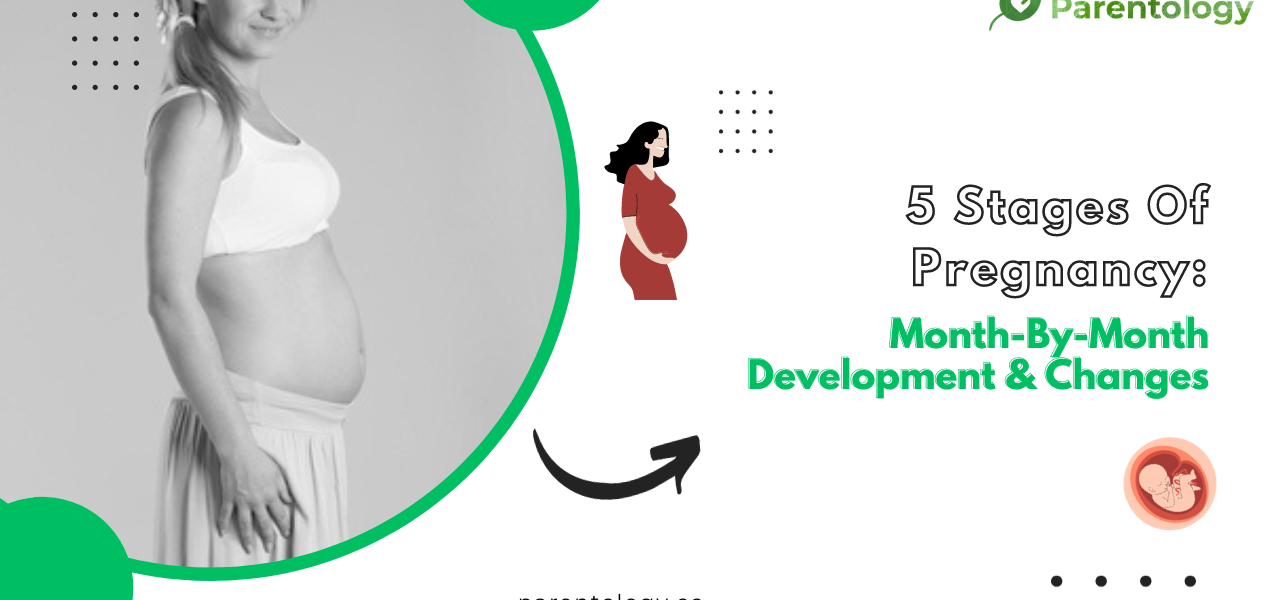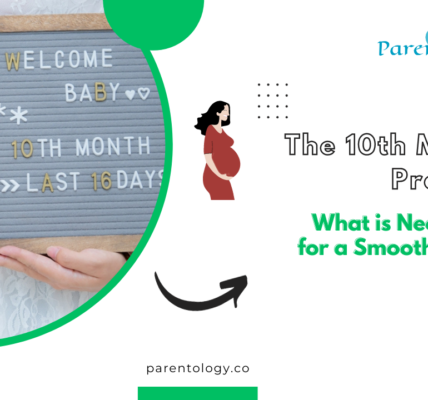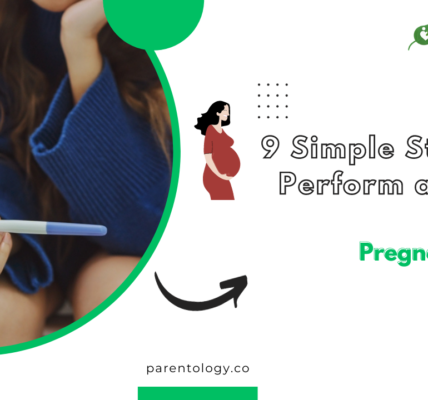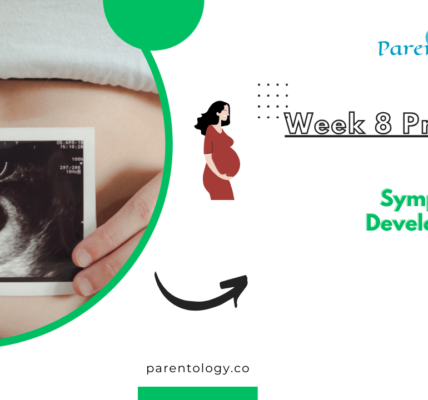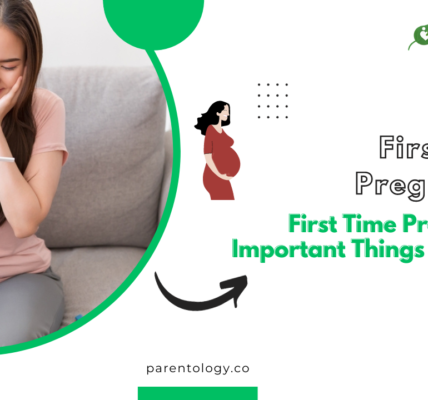5 Stages Of Pregnancy: Month-By-Month Development & Changes
Pregnancy is a remarkable journey filled with anticipation and wonder. Understanding the stages of pregnancy is not only informative but also comforting for expectant parents. In this comprehensive guide, we will explore the 5 stages of pregnancy, offering a month-by-month look at the incredible developments and changes that occur. From the moment of conception to the day of delivery, let’s embark on this enlightening voyage.
Stage 1: The First Trimester (Months 1-3)
Month 1:
Conception: The moment when the sperm fertilizes the egg.
Cellular Division: The fertilized egg undergoes multiple cell divisions.
Implantation: The embryo attaches to the uterine lining.
Development: Organs and major body systems begin to form.
Month 2:
Rapid Growth: The embryo grows in size.
Heartbeat: The heart starts beating.
Limb Buds: Tiny arms and legs begin to appear.
Brain Development: Basic brain structures develop.
Month 3:
Fetal Development: The embryo is now officially a fetus.
Facial Features: Eyes, ears, and nose become recognizable.
Movement: The fetus starts making spontaneous movements.
Major Organs: Organs continue to develop and function.
Stage 2: The Second Trimester (Months 4-6)
Month 4:
Facial Expressions: The fetus can make facial expressions.
Vernix Caseosa: A protective waxy coating forms on the skin.
Gender Reveal: Gender can be determined through ultrasound.
Limb Movement: The fetus actively moves arms and legs.
Month 5:
Rapid Growth: Significant weight gain and growth.
Hair and Nails: Hair and nails start to appear.
Sucking Reflex: The fetus can practice sucking movements.
Brain Activity: The brain becomes more active.
Month 6:
Lung Development: Lungs start producing surfactant for breathing.
Taste Buds: Taste buds form, and the fetus can taste the amniotic fluid.
Hearing: The fetus can hear sounds from the outside world.
Eyelids Open: The eyes open, and the fetus can blink.
Stage 3: The Third Trimester (Months 7-9)
Month 7:
Improved Brain Function: Rapid brain development.
Immune System: Immune system strengthens.
Weight Gain: Significant weight gain and size increase.
Movement: Increased activity, including stretching and kicking.
Month 8:
Taste Preferences: Developing taste preferences for sweet and bitter.
Skin Smoother: Wrinkles in the skin start to smooth out.
Eye Focus: The fetus can focus on bright lights.
Hiccups: Experiencing hiccups in the womb.
Month 9:
Rapid Growth: Continued weight gain and body development.
Descending: The fetus descends into the pelvis.
Lung Maturity: Lungs reach a stage of maturity for breathing.
Ready for Birth: Preparing for labor and birth.
Stage 4: Labor and Delivery
Early Labor:
Contractions Begin: Early contractions may start.
Cervical Dilation: The cervix begins to open.
Water Breaking: Amniotic sac may rupture.
Active Labor:
Contractions Intensify: Contractions become more frequent and stronger.
Transition Phase: Preparing for the final stage of labor.
Stage 5: Postpartum
Post-Birth Recovery: Recovery for the mother.
Bonding with Baby: Forming a connection with the newborn.
Newborn Care: Learning to care for the baby’s needs.
FAQs: Clearing Up Common Questions
Q1. Is pregnancy really nine months long?
Ans 1: No, pregnancy typically spans around 40 weeks or ten months.
Q2. Can I know the gender of the baby in the first trimester?
Ans 2: Gender determination is typically done around the 20th week through ultrasound.
Q3. When does the baby start moving in the womb?
Ans 3: Fetal movements are felt as early as the first trimester but become more pronounced in the second trimester.
Q4. Can the baby hear my voice while in the womb?
Ans 4: Yes, the baby can hear sounds from the outside world, including the mother’s voice.
Q5. What happens if my water breaks?
Ans 5: If your water breaks, it’s a sign of labor, and you should contact your healthcare provider.
Q6. How soon after birth can I bond with my baby?
Ans 6: You can bond with your baby immediately after birth through skin-to-skin contact.
Q7. What is the postpartum recovery period like?
Ans 7: Postpartum recovery varies but typically involves physical healing and emotional adjustments.
Q8. Can I travel during the third trimester?
Ans 8: Travel during the third trimester is discouraged, as it can be physically demanding. Consult your healthcare provider for advice.
Q9. How can I manage discomfort in the later stages of pregnancy?
Ans 9: To reduce discomfort, engage in gentle exercises, use supportive pillows, and consult your healthcare provider for guidance.
Q10. What are the signs of early labor?
Ans 10: Signs of early labor include contractions, cervical dilation, and the possible rupture of the amniotic sac.
Conclusion
Understanding the stages of pregnancy is not only informative but also empowering for expectant parents. Each stage brings unique changes and developments, from the miraculous growth of a tiny embryo to the moment of birth and beyond. As you embark on this incredible journey, cherish every moment and stay informed about the various stages of pregnancy. Visit Parentology for more valuable insights and resources on pregnancy and parenting.

